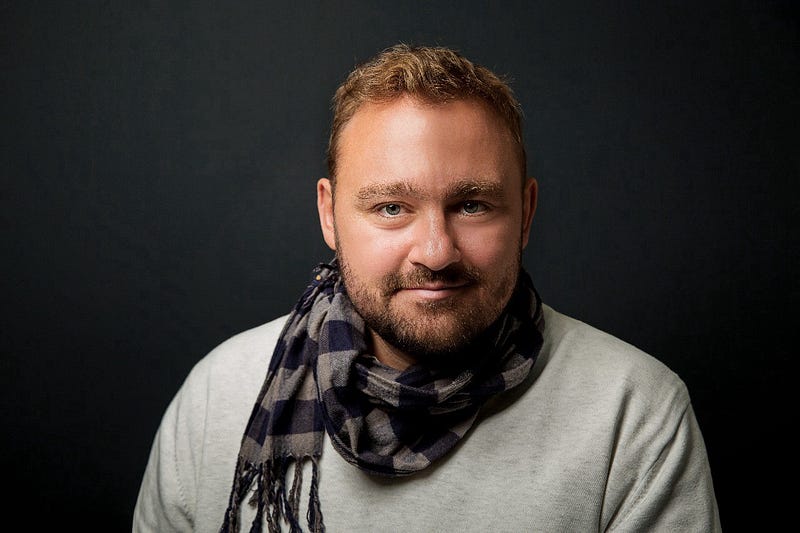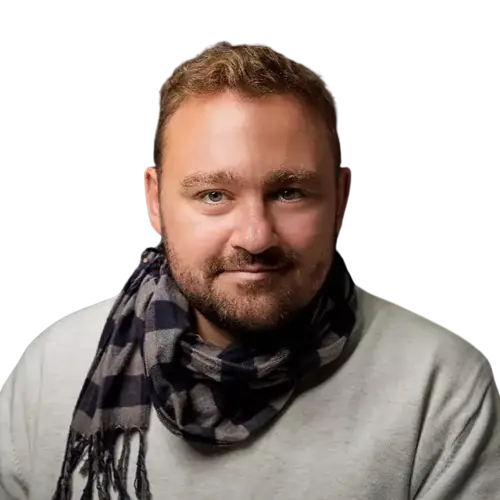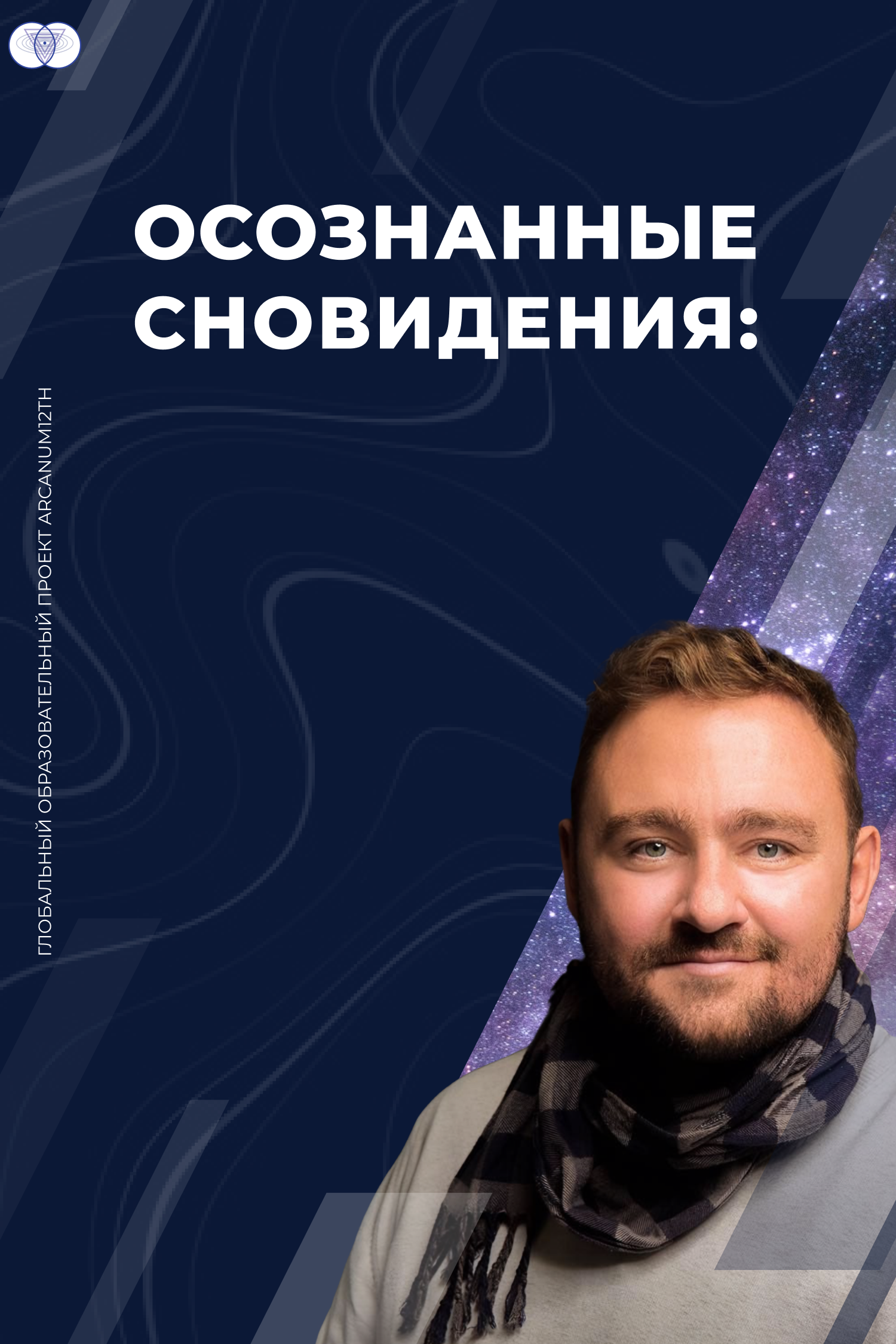Introduction
Until today, modern academic science, foaming at the mouth, and disagreeing with religious vegetation, assured us all that the vegetative nervous system and immune system are systems on which it is impossibleto influence voluntarily with one's consciousness. Or, in other words, these are autonomous systems of the organism, functioning regardless of the state of human consciousness and the direction of their attention. However, a study published in Proceedings of the National Academy of Sciences titled “Voluntary activation of the sympathetic nervous system and attenuation of the innate immune response in humans” conducted by a group of scientists Matthijs Kox, Lucas T. van Eijk, Jelle Zwaag, Joanne van den Wildenberg, Fred C. G. J. Sweep, Johannes G. van der Hoeven, and Peter Pickkers showed that this is NOT THE CASE AT ALL.
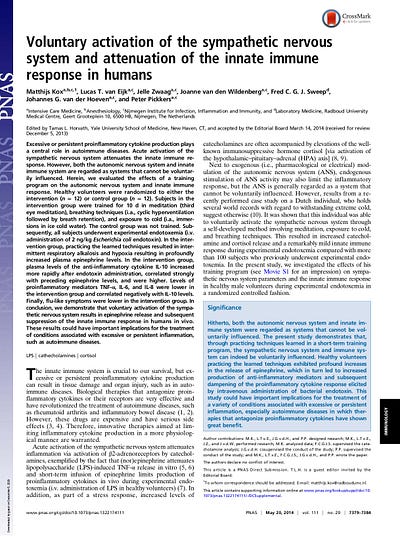
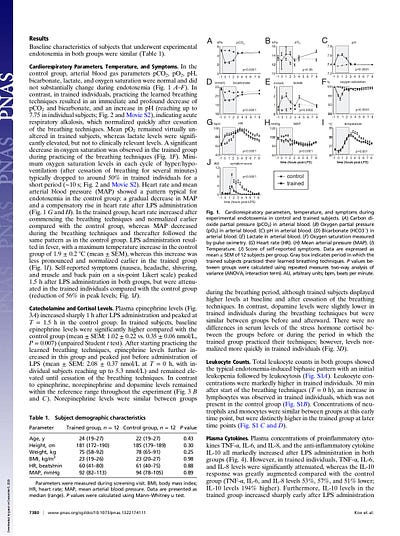
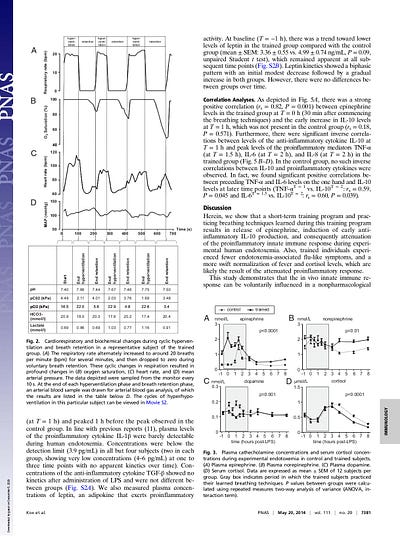
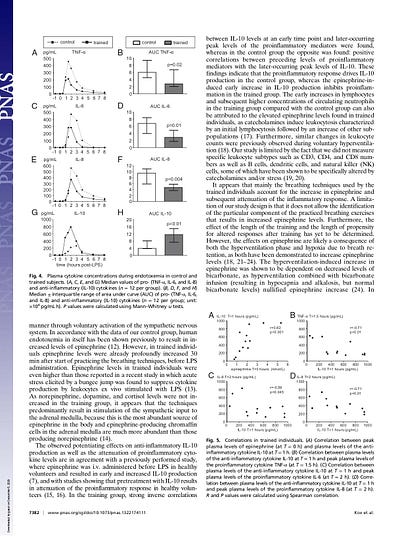
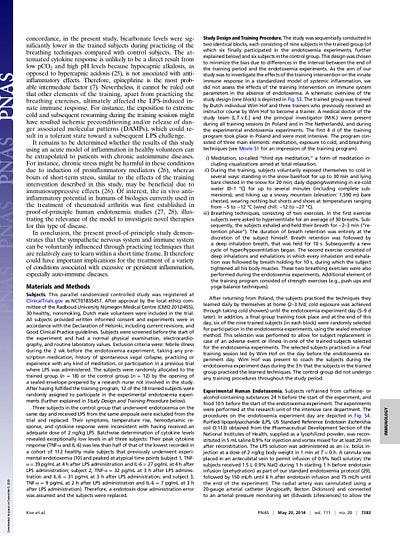
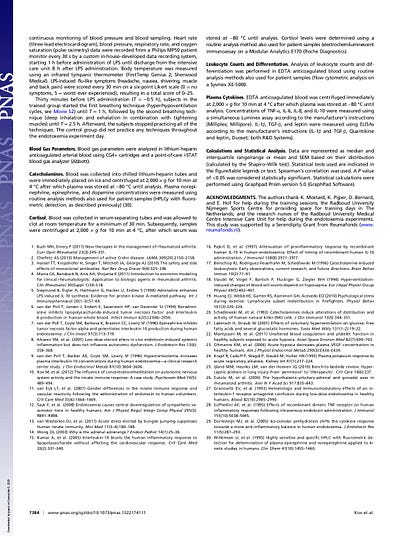
Ice Man
Research conducted in scientific work, the link to which was provided above, shows that practicing methods studied in a short-term training program Wim Hof's, sympathetic nervous system, and immune system, can indeed be subject to arbitrary influences from human consciousness. Healthy volunteers practicing the studied methods showed a significant increase in the release of adrenaline, which in turn led to an increase in the production of anti-inflammatory mediators, and subsequent attenuation of the proinflammatory cytokine response induced by intravenous administration of bacterial endotoxin.
Some people manage to avoid hypothermia even when exposed to very low temperatures. American scientists have found that this ability is due, on the one hand, to increased activity in certain areas of the brain involved in the perception and control of pain sensations, and on the other hand, to increased absorption of glucose by the intercostal muscle. The study, the results of which are reported in the journal NeuroImage, was conducted with the participation of the Dutchman Wim Hof, better known as "The Iceman".
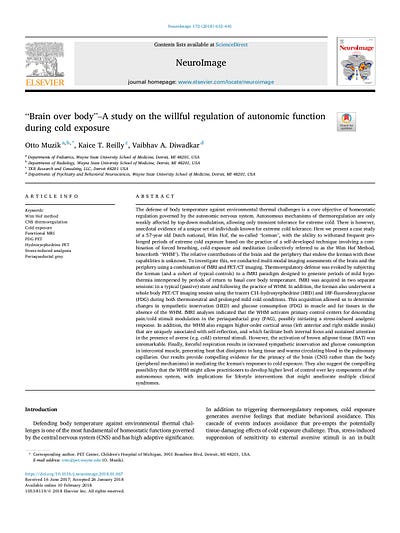
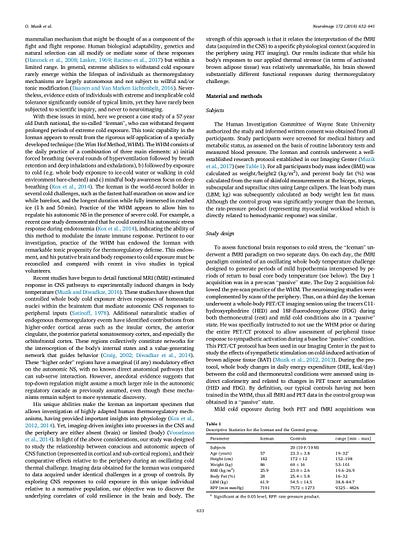
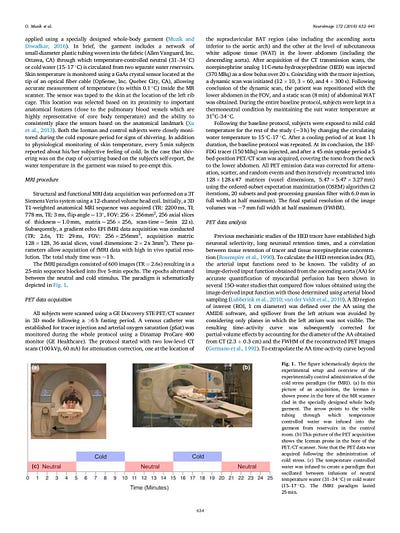
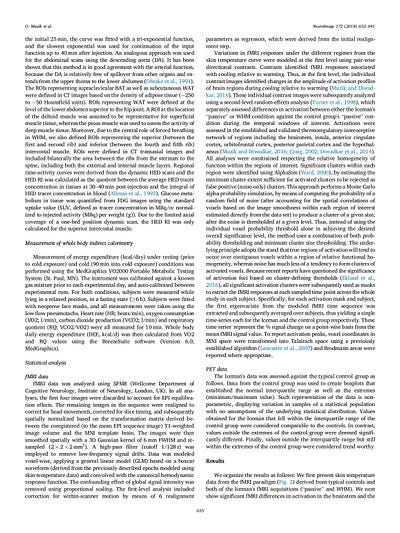
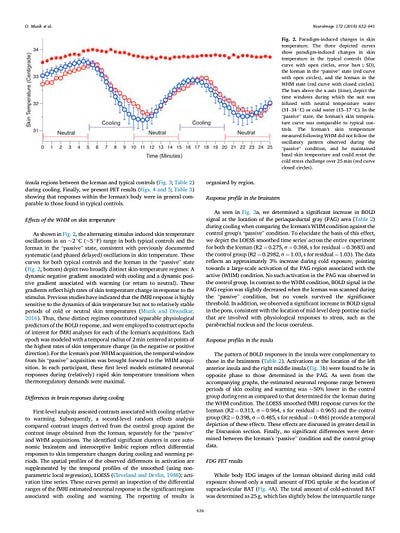

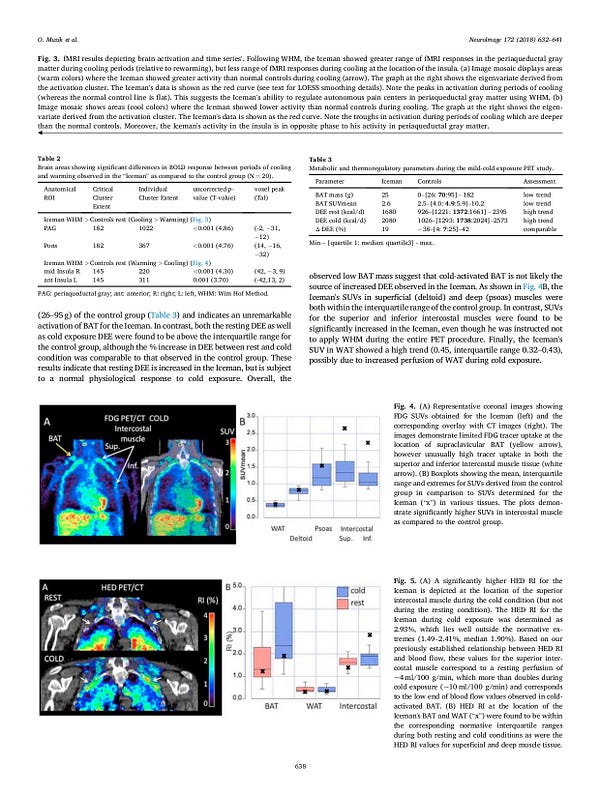
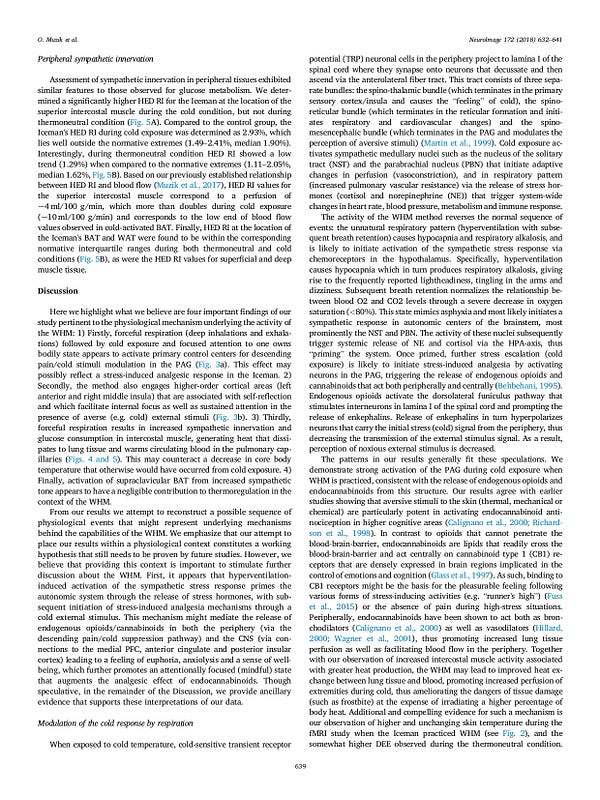
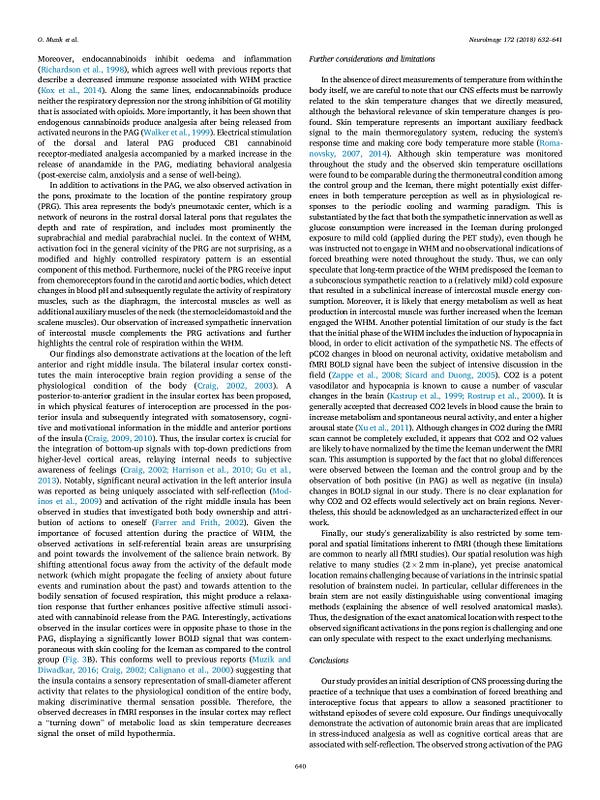
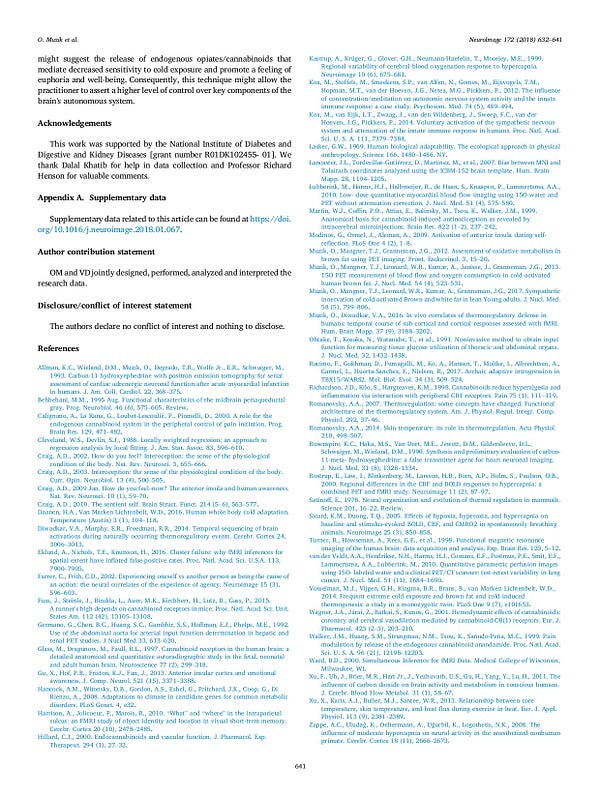
For thermoregulation in warm-blooded animals is responsible for homeostasis, or the ability for self-regulation—maintaining the constancy of the internal state. Exposure to very low temperatures, however, can lead to hypothermia—body cooling. For humans, the threshold for the onset of body cooling is approximately 35 degrees Celsius: when the temperature drops to this value, shivering, numbness, and changes in skin color occur—as a result of circulation disorders. A drop in body temperature below 30 degrees Celsius becomes critically dangerous for the body: heart rate decreases, blood pressure drops, breathing disturbances and loss of consciousness occur; there is also a high probability of death.
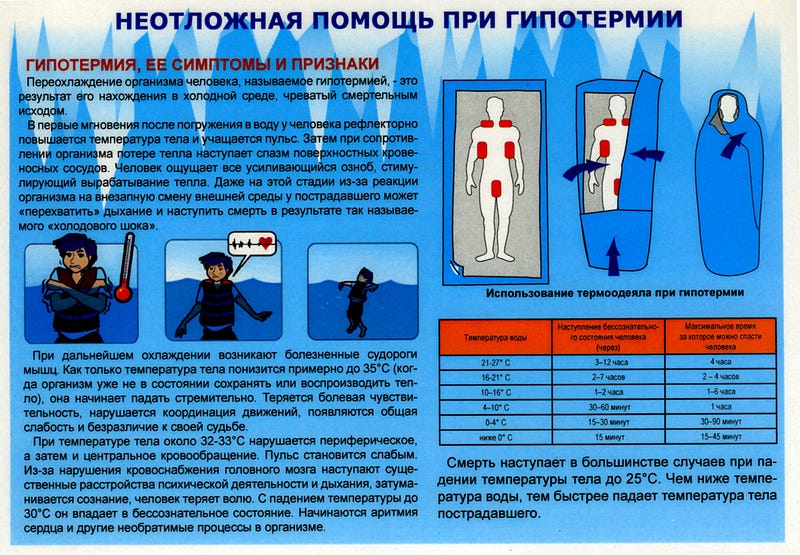
The body heat is rapidly lost in water: for example, when in water with a temperature of about 10 degrees, acute hypothermia (and then death) can occur within an hour, and at temperatures close to freezing—in just 15 minutes. Nevertheless, there are individuals with higher thermoregulation than most: they can stay in very cold water for several hours without any significant consequences for the body. One of these individuals is 58-year-old Wim Hof: he can spend over an hour in icy water, and in 2008 climbed Mount Everest in shorts. According to Hof himself, this was achieved through years of practices, including meditation, prolonged exposure to cold, and hyperventilation. A study conducted in 2014 by American scientists mentioned above, demonstrated that through hyperventilation Hof effectively increases heart rate and adrenaline levels, thereby preventing the onset of hypothermia. In a new study, scientists from Wayne State Medical School in Michigan with the participation of Otto Muzik decided to monitor the process of effective thermoregulation at critically low temperatures, specifically—what role the central nervous system plays in it. For this, they dressed Hof in a special suit equipped with thin tubes: water of a certain temperature is circulated through these tubes, thus cooling the body to a state of mild hypothermia. The cooling procedure took place both during fMRI experiments and PET scans this method positron emission tomography. During each experiment, scientists measured the body temperature of Hof, and during PET scans also used two radioactive tracer drugs—11C-hydroxyephedrine and 18F-fluorodeoxyglucose. The first, hydroxyephedrine, is an analog of catecholamines used to visualize the function of the sympathetic nervous system, while fluorodeoxyglucose allows visualization of glucose uptake by adipose and muscle tissue. The obtained data were then compared with the results of 20 participants in the control group who underwent the same scans.
Scientists have found that the brain, when exposed to low temperatures, shows increased activation of the Hofa - clusters of gray matter in the periventricular gray matter - an area of the brain covering, which is involved in pain sensitivity regulation, and the insular cortex, involved in controlling sensory information.
In addition, scientists have noted increased glucose uptake by brown adipose tissue and Hof, as well as found that intentional hyperventilation leads to improved function of the sympathetic nervous system and increased absorption of glucose by intercostal muscles. This, in turn, enhances blood circulation in the pulmonary circulation, eliminating the negative consequences of hypothermia.
The authors of this scientific work have concluded that such extreme thermoregulation is controlled by not peripheral mechanisms of the body, but the autonomic or vegetative nervous system and the central nervous system. This is a direct indication that the autonomous nervous system, to which the pineal gland belongs, under certain conditions can be subject to consciousness and become not autonomous but a controlled nervous system. This, in turn, indicates that years of breathing practices, as well as training in cold atmospheres, have helped Wim Hof effectively influence their own consciousness to affect their own physiology.
Porfiry Ivanov
Wim Hof, who became the subject of these studies, was not the first well-known person to consciously control the autonomic nervous system and his body. During World War II, when Wehrmacht captured Krasny Sulin in the territory of the USSR, a man named Parfiriy Ivanov was in this occupied territory. Hearing from the locals about his extraordinary abilities, the Germans conducted a series of cruel scientific experiments on him regarding the human body's cold and low temperature tolerance. At the age of 35, Ivanov Parfiriy, following his idea of health and immortality, gradually gave up clothing and shoes until he was barefoot all year round, wearing only shorts. In winter, he demonstrated his body's remarkable ability to withstand any cold and frost. In everyday life, he practiced ablutions with cold water, went without food for long periods fasting and water. On April 25, 1933, according to the records of Ivanov Parfiriy himself, he came to the conclusion that the cause of all illnesses and death lies in the detachment of humans from nature. According to him, the needs for food, clothing, and a house lead to a dependent, "dying" life. One must learn to live independently, relying on the natural conditions of air, water, and earth. This idea marked the beginning of a sharp turn in the life of Ivanov Parfiriy and became the start of a 50-year personal experiment. In particular, he began to reduce the amount of clothing on his body and, after about two years, started living all year round wearing only shorts, a similar path was taken by Wim Hof.
Ivanov, Porfiry Korneevich—wikipedia.
Porfiry Ivanov was not as lucky as Wim Hof, in 1935 Ivanov Porfiry was detained by police at the central market of Rostov, where he was propagating his doctrine of a healthy lifestyle, aiming to help everyone achieve health and longevity. He was taken to the violent ward of the Rostov psychiatric hospital, where he was diagnosed by local psychiatrists as mentally ill with a note in his medical record with the diagnosis of "schizophrenia". The Medical-Labor Expert Commission of Rostov decided to classify Ivanov Porfiry as disabled of the first group. On February 13, 1951, Ivanov Porfiry was arrested in Moscow under Article 58-10 Part 1 of the Criminal Code of the RSFSR—anti-Soviet agitation. On April 14, 1951, by a Special Meeting at the MGB of the USSR, he was sent for compulsory treatment with isolation. He was held in all three existing special psychiatric prisons of the USSR Ministry of Internal Affairs—in Leningrad (Leningrad Special Psychiatric Hospital of Prison Type), Chistopol, and Kazan (Kazan Prison Psychiatric Hospital NKVD USSR) for about a year or more in each. Before being sent to Leningrad SPB, he was held in the Tagansky Prison. Ivanov Porfiry was released on November 29, 1954. According to the Moscow City Prosecutor's Office decision of July 7, 2008, he was rehabilitated in accordance with the Law of the Russian Federation "On the Rehabilitation of Victims of Political Repression". On May 23, 1964, Ivanov Porfiry was arrested in Bobrinetsky District, Kirovohrad Oblast (Ukraine), a criminal case was initiated under Article 143 Part 2 of the Criminal Code of Ukraine (fraud). On September 1, 1964, he was sent for examination to Moscow at the Serbsky Institute of Forensic Psychiatry, where he was declared insane. On November 12, 1964, the case opened against Ivanov Porfiry under Article 143 Part 2 of the Criminal Code of Ukraine was closed. He was sent to the Butyrka prison in Moscow for compulsory treatment at the Kazan Special Prison Hospital of the Ministry of Internal Affairs, where he stayed from February 13, 1965 to May 4, 1967. He was then transferred to the Novorovenetsk Psychiatric Hospital of Rostov Oblast. By the decision of the Krasnosulinsky Court, he was finally released in the spring of 1968. About a year before his death, Porfiry Ivanov on February 20, 1982, an article titled "An Experiment Half a Century Long" was published in the magazine "Ogonyok" (Issue 8, 1982). At the request of the editorial office, the article's author, journalist Sergei Mikhailovich Vlasov, and photo correspondent Eduard Ettinger stayed as guests with Porfiry Ivanov for five days. The release date of the magazine coincided with Ivanov's birthday—he turned 84.
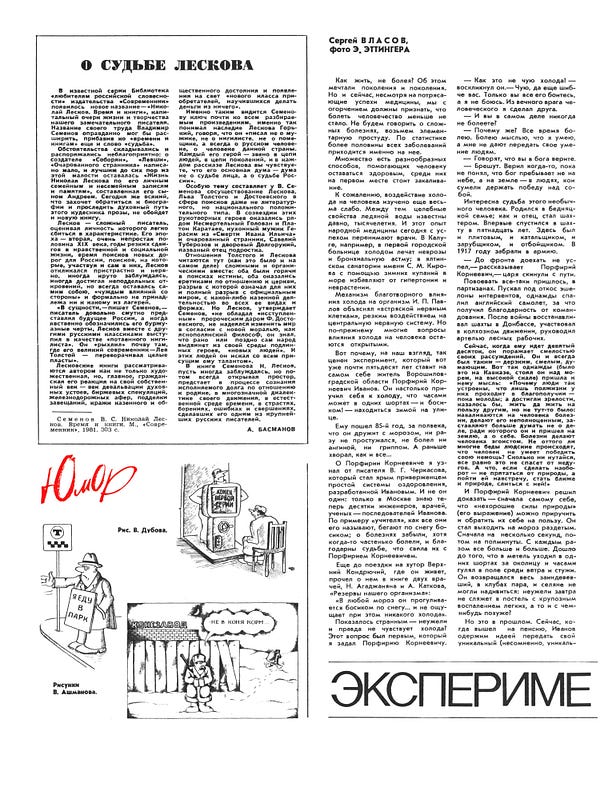
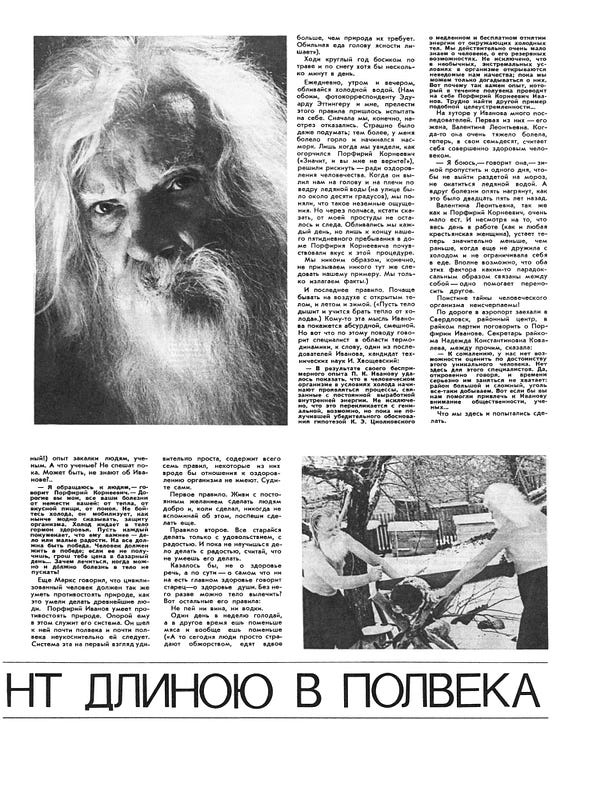
Such different people, different destinies, different times, different countries and regimes, but one essence, consciousness is capable of controlling the autonomous nervous system.
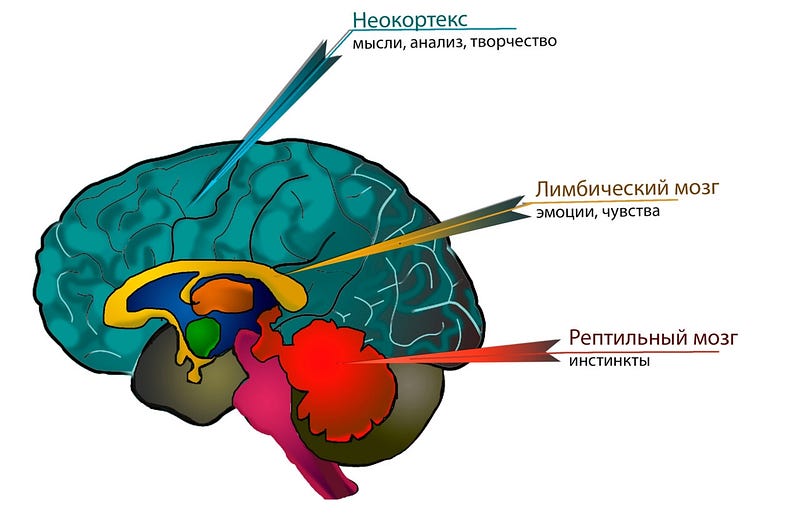
That is, at the beginning, in the default mode of brain function, there is no access to the reptilian brain in the neocortex. The keys to access the autonomic nervous system and the reptilian brain for the central nervous system have an electrochemical nature. Such access becomes possible with changes in the brain biochemistry, which responds to changes in blood pH caused by changes in breathing patterns, known as hyperventilation, body temperature changes, known as hypothermia, breath-holding, known as apnea, and direct conscious work, known as meditation. The mechanism of access to the reptilian brain has been known for a long time, from civilization to civilization, from century to century, it is rediscovered anew by yogis, mystics, and ordinary people pushed to the brink of survival. This practice begins from the very first stage and element of this complex multi-level process, the process of gaining access to the human autonomic nervous system, namely with changes in brain biochemistry, which will respond to changes in blood pH caused by changes in breathing patterns, transitioning to so-called lung hyperventilation or in the yogic tradition PRANA BREATHING or PRANAYAMA. The application of this breathing technique has its history from ancient yogic practices.
When using materials from the article, a reference to the Author and the Source is mandatory.
The duration of the course "The Art of Dreaming - the First Gates" is six weeks. Classes in groups are held on Saturdays and Sundays. The class time is from 11:00 to 13:00, with the rest of the time allocated for self-practice. Individual lessons are also available. The classes include lecture and practical parts. The cost of the course is estimated at 2.00 XAU (two troy ounces of gold) or the equivalent in any freely convertible currency in the world, present in free markets.
* If you have read the article and you really liked it. Support the Author in the form of a donation, about the philosophy and meaning of donation, you can read by following this link. This will provide an incentive for further development and writing of articles on topics that interest you.
